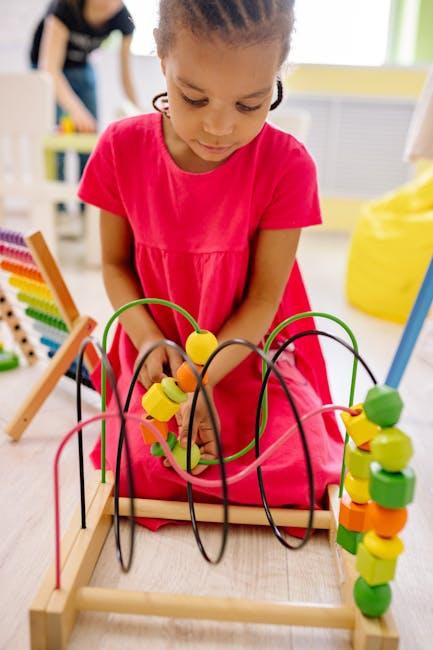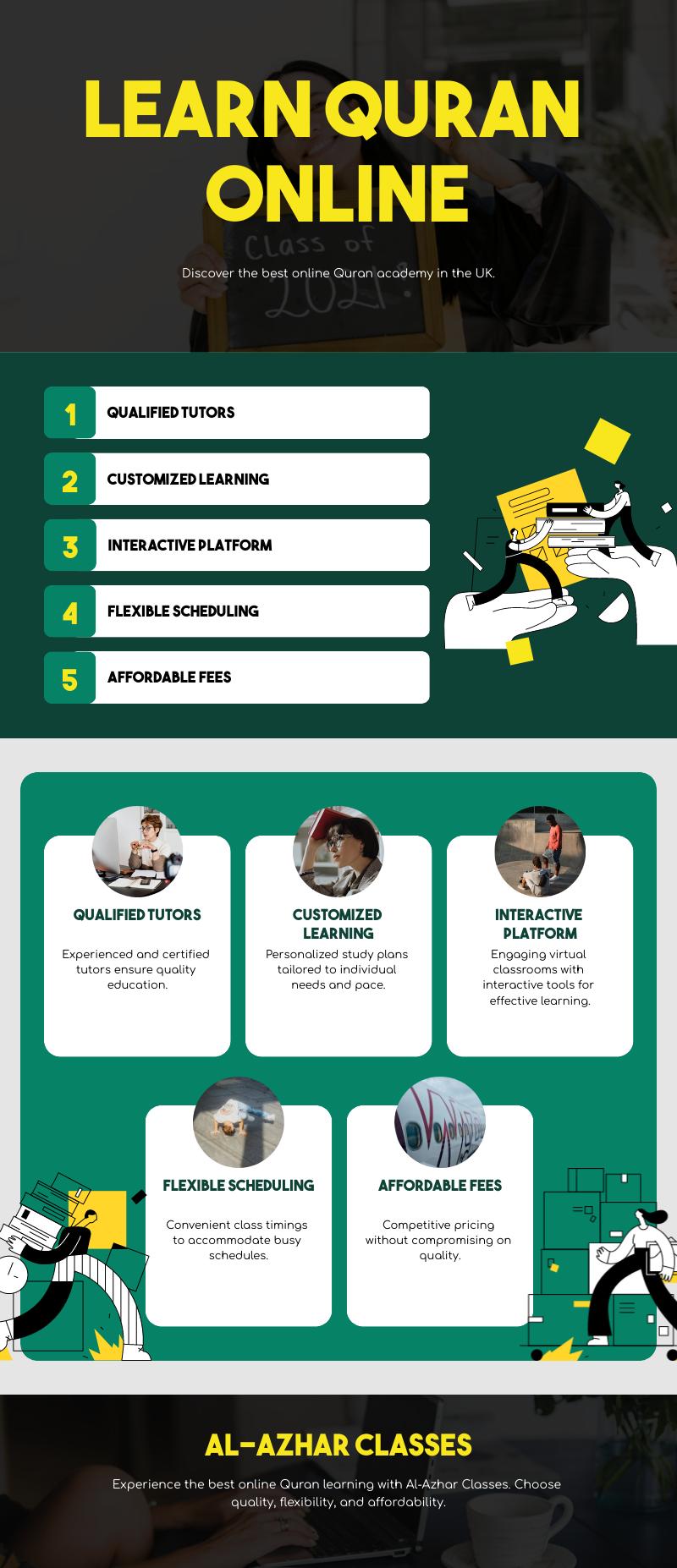In the rapidly evolving landscape of education, the importance of early childhood education (ECE) programs cannot be overstated. These formative years lay the groundwork for cognitive, social, and emotional development, making the quality of ECE programs a subject of paramount importance for educators, policymakers, and parents alike. However, evaluating the quality of these programs is a complex endeavor that requires a multifaceted approach. This article delves into the critical components and methodologies for assessing early childhood education programs, providing a comprehensive framework to ensure that young learners receive the foundational skills and nurturing environment they need to thrive. By dissecting key indicators such as curriculum design, teacher qualifications, and learning environment, we aim to equip stakeholders with the tools necessary to discern and enhance the quality of ECE offerings, ultimately fostering better educational outcomes for children.
Assessing Curriculum Effectiveness and Developmental Appropriateness
Evaluating the quality of early childhood education programs requires a meticulous examination of both curriculum effectiveness and developmental appropriateness. A well-rounded curriculum should be aligned with clearly defined learning objectives that cater to the holistic development of children. It must not only address academic skills but also nurture social, emotional, and physical growth. Key indicators of curriculum effectiveness include evidence-based teaching practices, measurable outcomes, and adaptability to diverse learning needs.
- Alignment with developmental milestones: The curriculum should be tailored to support the natural progression of children’s abilities and interests, ensuring it is neither too simplistic nor overly challenging.
- Cultural and contextual relevance: Incorporating local culture and real-world experiences can enhance engagement and make learning more meaningful.
- Integration of play-based learning: Recognized as a vital component of early childhood education, play encourages exploration and creativity, laying a strong foundation for lifelong learning.
Moreover, effective curricula should be flexible enough to allow for teacher creativity and responsiveness to the unique dynamics of each classroom. Ongoing assessment and feedback mechanisms are crucial, enabling educators to refine and adapt teaching strategies to better meet the needs of their students. By prioritizing these aspects, early childhood education programs can ensure they are not only meeting educational standards but are also fostering an environment where young learners thrive.

Evaluating Teacher Qualifications and Professional Development
Assessing the qualifications and professional development of teachers in early childhood education programs is pivotal for ensuring high-quality learning environments. Key indicators include a teacher’s educational background, certifications, and ongoing commitment to professional growth. Educational background encompasses degrees in early childhood education or related fields, which form the foundation of a teacher’s pedagogical knowledge. Certifications validate specialized training and adherence to educational standards. Additionally, involvement in professional development activities such as workshops, seminars, and courses showcases a teacher’s dedication to staying current with educational trends and methodologies.
When evaluating teacher qualifications, consider the following attributes that contribute to effective teaching and learning experiences:
- Experience: Length and diversity of teaching experience in early childhood settings.
- Communication Skills: Ability to engage effectively with children, parents, and colleagues.
- Adaptability: Willingness to embrace new teaching methods and technologies.
- Reflective Practice: Regular self-assessment and adjustment of teaching strategies.
- Collaboration: Participation in team-based planning and decision-making processes.
Incorporating these criteria into evaluations not only enhances the quality of early childhood education but also fosters an environment where both educators and students thrive.
Analyzing Classroom Environment and Learning Materials
In the pursuit of excellence in early childhood education, the classroom environment and learning materials are pivotal. A well-organized and stimulating environment not only supports the developmental needs of young learners but also fosters a sense of curiosity and exploration. To evaluate the quality of a classroom environment, look for open-ended resources that encourage creative play, such as building blocks, art supplies, and dress-up clothes. Consider the layout: does it promote easy movement and collaboration? Is there a balance between quiet areas for individual work and spaces for group activities?
High-quality learning materials should be developmentally appropriate, diverse, and inclusive. They should reflect various cultures and perspectives, ensuring that every child sees themselves represented. Key indicators of quality materials include:
- Age-appropriate books with engaging stories and illustrations.
- Materials that support different learning styles and sensory experiences.
- Tools that encourage problem-solving and critical thinking.
By scrutinizing these elements, educators can create an enriching environment that not only meets educational standards but also inspires lifelong learning.

Reviewing Family Engagement and Community Involvement
Evaluating the quality of early childhood education programs necessitates a keen focus on family engagement and community involvement. These components are pivotal in fostering a supportive and enriching environment for young learners. Programs should prioritize open and consistent communication with families, creating a partnership that enhances children’s educational experiences. Indicators of successful family engagement include:
- Regular family-teacher meetings and updates.
- Opportunities for families to participate in classroom activities.
- Resources and workshops for parents to support learning at home.
Community involvement is equally crucial, as it extends the learning environment beyond the classroom. Effective programs often collaborate with local organizations to provide diverse experiences and resources. Look for initiatives such as:
- Partnerships with local libraries and cultural institutions.
- Community service projects involving students and families.
- Inviting community members to share expertise or cultural traditions.
By emphasizing these elements, early childhood education programs can create a holistic approach that nurtures both academic and social-emotional development.



